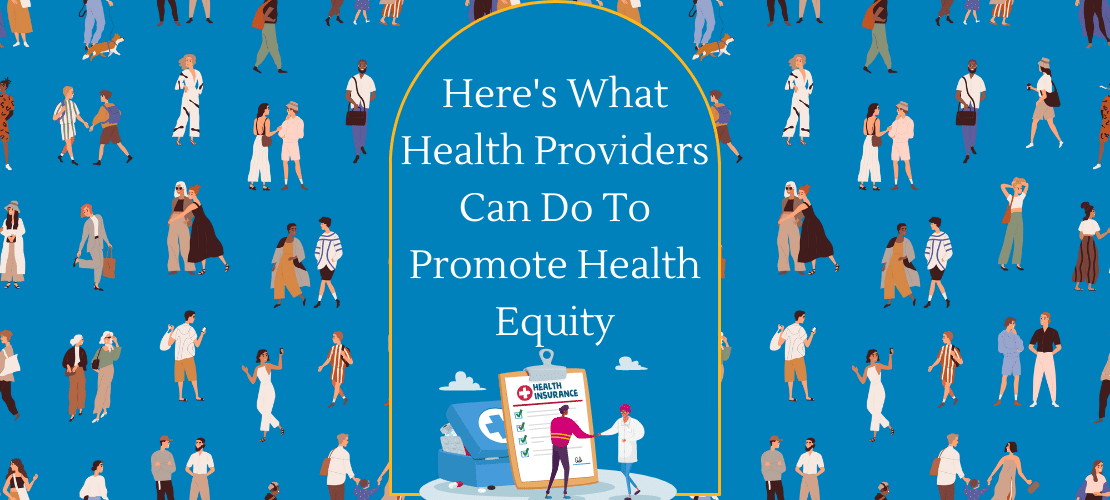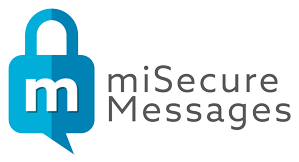
Here's What Health Providers Can Do To Promote Health Equity
First, let's understand health equity; according to CDC, "Health equity is the state in which everyone has a fair and just opportunity to attain their highest level of health." Health equity requires systems and policies to change, and healthcare providers can start by eliminating preventable health disparities first. Hospitals that invest in a secure medical texting app can easily forward health equity visions across the department. Committing to eliminating health disparities for healthcare providers can look like this:
- Healthcare professionals can provide resources such as a translator, patient navigator, etc.
- Staff can improve service by staying aware of the patient's culture when providing care.
- Staff can ensure equal care by educating other staff members on collected reports of race and ethnicity data of patients.
- Hospitals can also build partnerships with different sectors to understand how to advance health equity by exchanging information.
Hospital staff has to keep up with trauma-informed care to understand how to appropriately service their patients to keep themselves and the patients safe. James N. Weinstein et al. reported "Communities in Action: Pathways to Health Equity." the authors introduced why the community-based solution is practical in advancing health. Health inequity is costly and detrimental to public health, "Beyond adding to health care costs, health inequity has consequences for the U.S. economy, national security, business viability, and public finances" (Weinstein et al., p. 4). Health inequity hinders individual opportunities, and younger generations are not able to join the military due to health problems.
Community-wide issues are poverty, unemployment, low education, lack of transportation, inadequate housing, and exposure to violence are community deterioration (social or physical) contributing to health inequities. Within healthcare, there are inequalities and implicit bias. There's a need for diversity and cultural competency to combat health inequality. Hospitals using a value-based payment system that doesn't consider social risk factors can lead to unintended consequences. Such as providers avoiding low-income patients, "These unintended consequences could in turn lead to deterioration in the quality of health care for socially at-risk populations and widening health disparities" (Weinstein et al., p.17). Having civil rights movement lessons helps promote health equity. When there's funding for policies to change, it's a step forward in the right direction. Prioritizing community health promotes the overall health of a community at all levels and the individuals within it.
To protect public health, staying up to date on public health news is critical in understanding how to serve patients better. Patients who experience health disparities struggle with transportation. When hospitals partner with programs that provide transportation as part of their services will improve patients' experience and helps eliminate their barriers. Forming an outside relationship through partnering with programs will aid providers in understanding what the local communities are going through. Investing in an encrypted text messaging app is crucial in developing professional social relations.
Facilitating access to chronic disease management and giving vaccine availability and testing will improve the health of those experiencing health disparities. Who experiences health disparities? The demographic that doesn't receive health equity is:
- Low income.
- LGBTQ+ community.
- Racial and ethnic minorities.
- Undeserved rural communities.
An encrypted messaging app can do more than send sensitive patient health information (PHI). Establishing a solid social relations among staff helps the hospital staff understand what community feels like to help their patients. Clear communication is necessary to relay health information. Healthcare professionals should commit to helping non-English speaking patients and patients with low income by providing resources that minimize their barriers.

